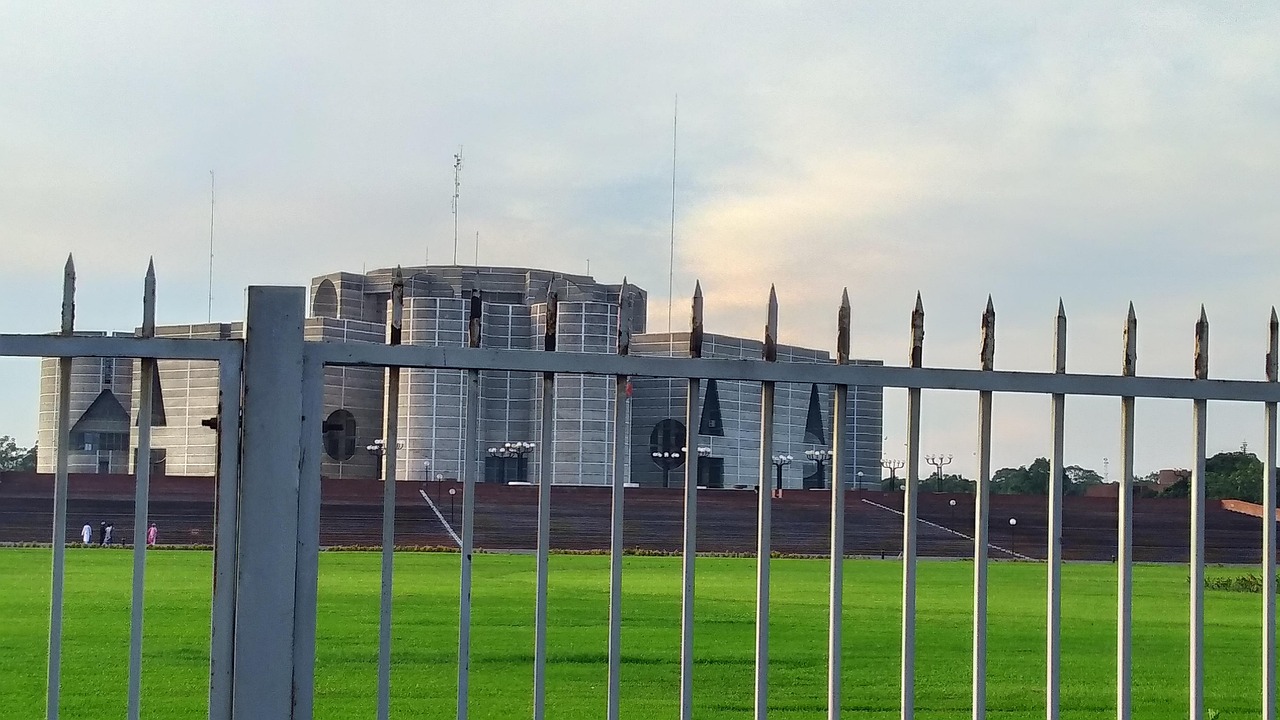Bangladesh’s Economy in 2025: Resilience Amid Challenges
1. Economic Growth: Slower but Steady
Despite global uncertainties and domestic pressures, Bangladesh’s GDP growth is expected to hover around 5.5% this year. While this is lower than the pre-pandemic average of 7%, it still reflects resilience. The construction sector, domestic manufacturing, and agricultural output have helped sustain the economy, even as export revenues shrink.
“The foundations of our economy remain strong, but we must adapt faster to global trends.” — Economist Dr. Mahmud Hossain
2. Inflation and Currency Pressure
Inflation remains one of the top concerns for households in 2025. With global food and energy prices still unstable, Bangladesh has seen its inflation rate reach nearly 9%. The Bangladeshi Taka has also depreciated further against the US dollar, impacting import costs and overall purchasing power.
3. Remittance Flow: A Lifeline
Over $22 billion in remittances flowed into Bangladesh in 2024, making it a crucial source of foreign reserves. Migrant workers remain key to economic stability, although concerns over job security in Gulf countries persist. Policies to encourage formal channels and reduce transfer costs have seen some success.
4. Export Sector Challenges
The ready-made garments (RMG) industry, which accounts for over 80% of exports, is facing increasing competition from countries like Vietnam and India. Additionally, compliance pressures and rising labor costs have prompted some buyers to shift sourcing. Diversification into IT, pharmaceuticals, and agriculture-based exports is slowly gaining traction.
5. Infrastructure and Energy Investments
Massive infrastructure projects—such as the Padma Bridge, metro rail systems, and energy grid expansions—are expected to yield long-term benefits. These investments have also created thousands of jobs. However, concerns over foreign debt and project delays have raised questions about sustainability.
“Infrastructure development is not just about roads; it’s about creating an ecosystem for future industries.” — Development Specialist Afsana Rahman
6. Digital Economy and Youth Employment
With a median age under 28, Bangladesh’s young population is embracing the digital economy. Freelancing, e-commerce, and startup activity are on the rise. Government-led initiatives such as Digital Bangladesh continue to promote skills development and innovation, though unemployment remains a persistent issue.
7. Foreign Debt and IMF Oversight
In response to rising foreign loan obligations, Bangladesh entered an IMF-supported program in late 2023. While structural reforms are underway, critics argue that austerity measures could hurt low-income families. Fiscal discipline and improved governance remain critical priorities for the economic roadmap ahead.
Conclusion: The Road to Recovery
Bangladesh’s economy in 2025 is marked by a dual narrative—resilience in the face of adversity, and the urgent need for reform. While challenges such as inflation, export dependency, and foreign debt persist, there are also significant opportunities in digital growth, youth-led innovation, and regional cooperation.
Strategic policymaking, private sector collaboration, and inclusive development can guide Bangladesh toward a stronger, more equitable economy in the years ahead.










